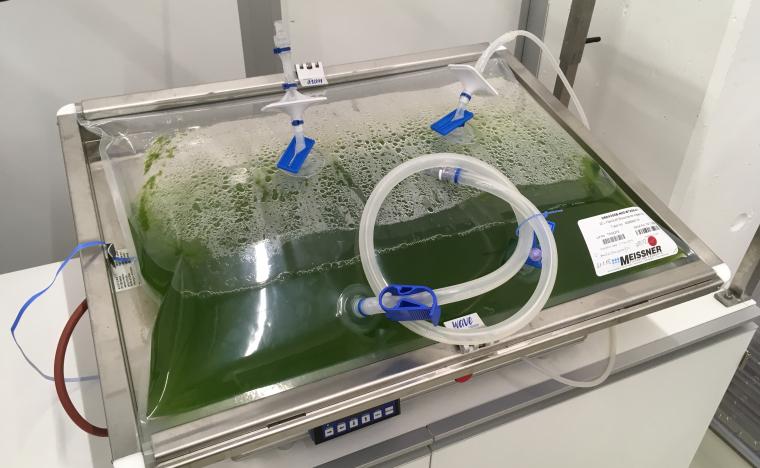Learning with McCell - part 9: Acid number
Ready for a new lesson with McCell? Today he will tell us about the Acid number.
The acid number indicates whether a fat or oil is still of good quality. The higher the acid number, the more inferior the quality of the fat or oil is. With the help of the acid number, it is decided whether a raw material or product can still be used. One can use this method to determine the number of free acids in any type of fat or oil.
The acid number is determined by means of titration. The sample is completely dissolved in an organic solvent, usually ethanol. Then potassium hydroxide is slowly added to the sample with the help of a burette until all free acids are neutralized. The endpoint is determined using phenolphthalein as an indicator. At this point, the consumption of potassium hydroxide is read, and the acid number can be calculated.









